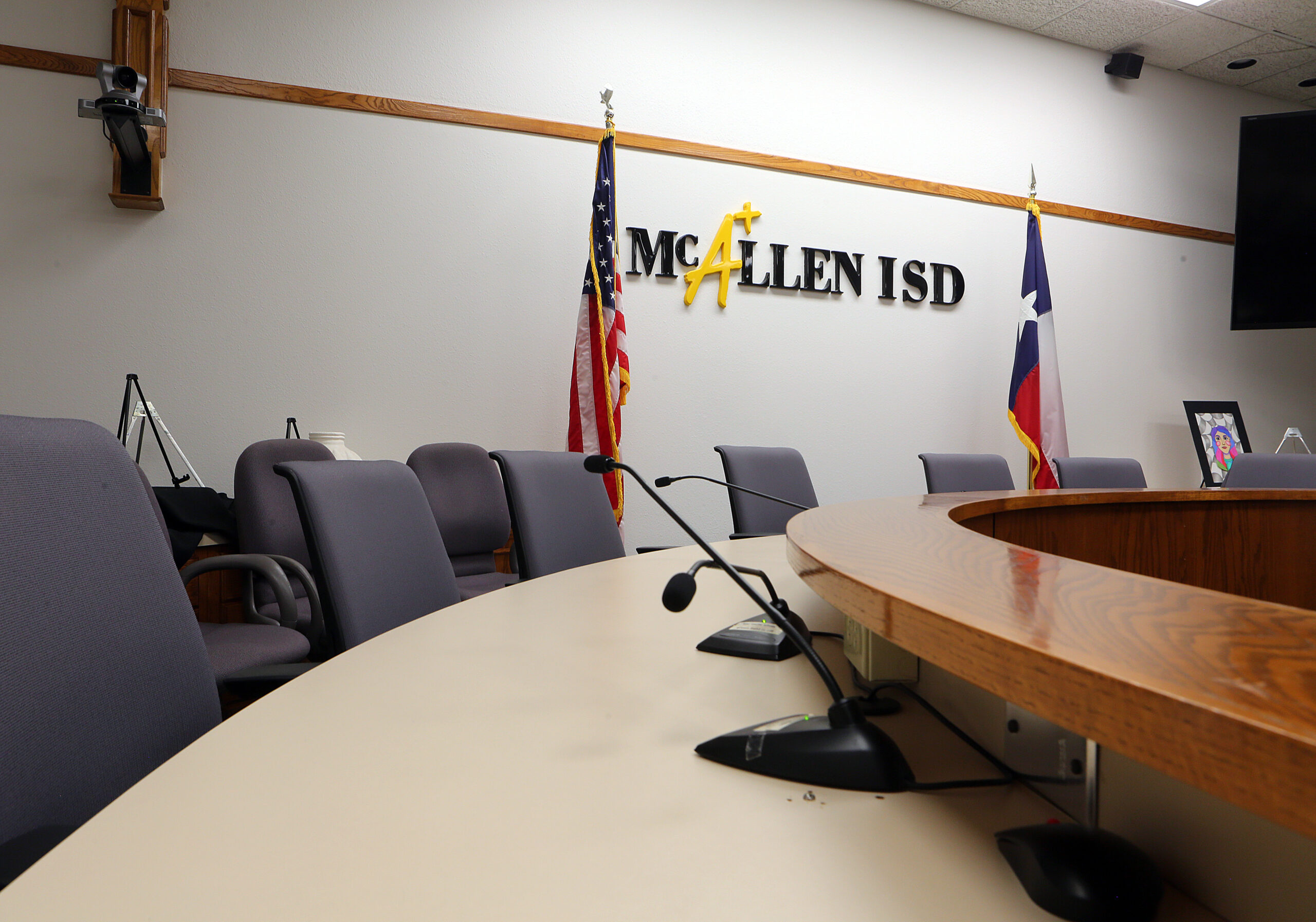|
Only have a minute? Listen instead
Getting your Trinity Audio player ready...
|
When you’re in trouble it’s best to ask for help. McAllen public school board members should do just that, and not be so hasty to bail out of promising cooperative agreements with the city of McAllen and other entities.
McAllen Independent School District trustees voted 4-2 in January to reconsider their $4 million commitment to projects that would develop programs at the city-owned Quinta Mazatlan World Birding Center and the International Museum of Art and Science.
Board members based their vote to withdraw a $3 million investment in the Quinta Mazatlan project and $1.3 million for IMAS on budget shortfalls. It’s worth noting that the money did not come from general revenue, but from Elementary and Secondary School Emergency Relief Funds provided by the U.S. Department of Education.
McAllen City Manager Roel “Roy” Rodriguez told staff writer Omar Zapata that the district’s decision caught them by surprise. He said the city might have been able to discuss options with the district, and some discussions have taken place but not gone far.
The city and district, and even the business community, have a long history of cooperation that set McAllen apart from other areas where political bodies often want to exert independence.
Eschewing such relationships could deny MISD students unique educational opportunities. The projects also involve the University of Texas Rio Grande Valley and promise to offer students resources and hands-on lab opportunities they can’t get on campus.
Another partner at Quinta Mazatlan is the Texas Parks and Wildlife Department, further evidence of the possibilities that come from interagency cooperation. Together, they are investing in a major expansion to build a Center for Urban Ecology, children’s learning center and amphitheater that all would be accessible to MISD classes. The district’s portion is a fraction of the $50 million cost.
With UTRGV’s involvement, the district could use the facilities, and Quinta’s special features, for college-level research and classes in nature and sustainability that would be unique; few places offer the facility’s natural resources. MISD students also were to receive discounted admission as part of the agreement.
It’s something that all those involved could rightfully brag about.
Boxed in by Mission, Edinburg and Pharr, the city and the district have little room for growth, and commercial development is pushing residents to other areas — and other school districts. Everyone knew it would happen one day, and that day has come. So why not invest in educational programs like these and quality-of-life opportunities that could drive more interest to the district and the city as a whole?
In addition, public schools aren’t the only option anymore. Proliferating charter and private schools are pulling students from MISD. For the first time, it and other districts have to compete for students.
Programs that set it apart — like those promised at IMAS and Quinta Mazatlan — could do that.
Cutting attractive programs that promise to encourage students to stay in MISD might save money now, but could prove more costly in the long run.




